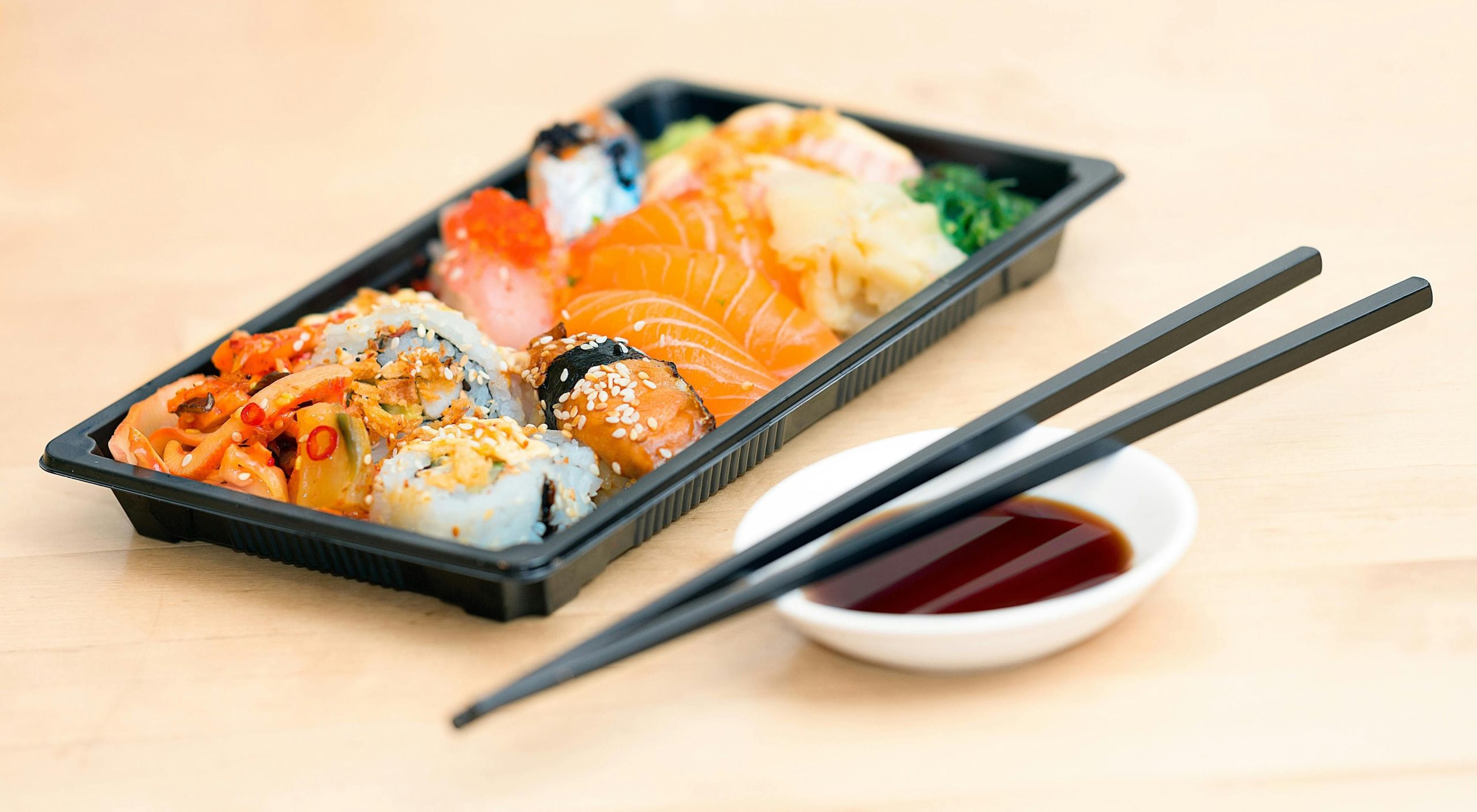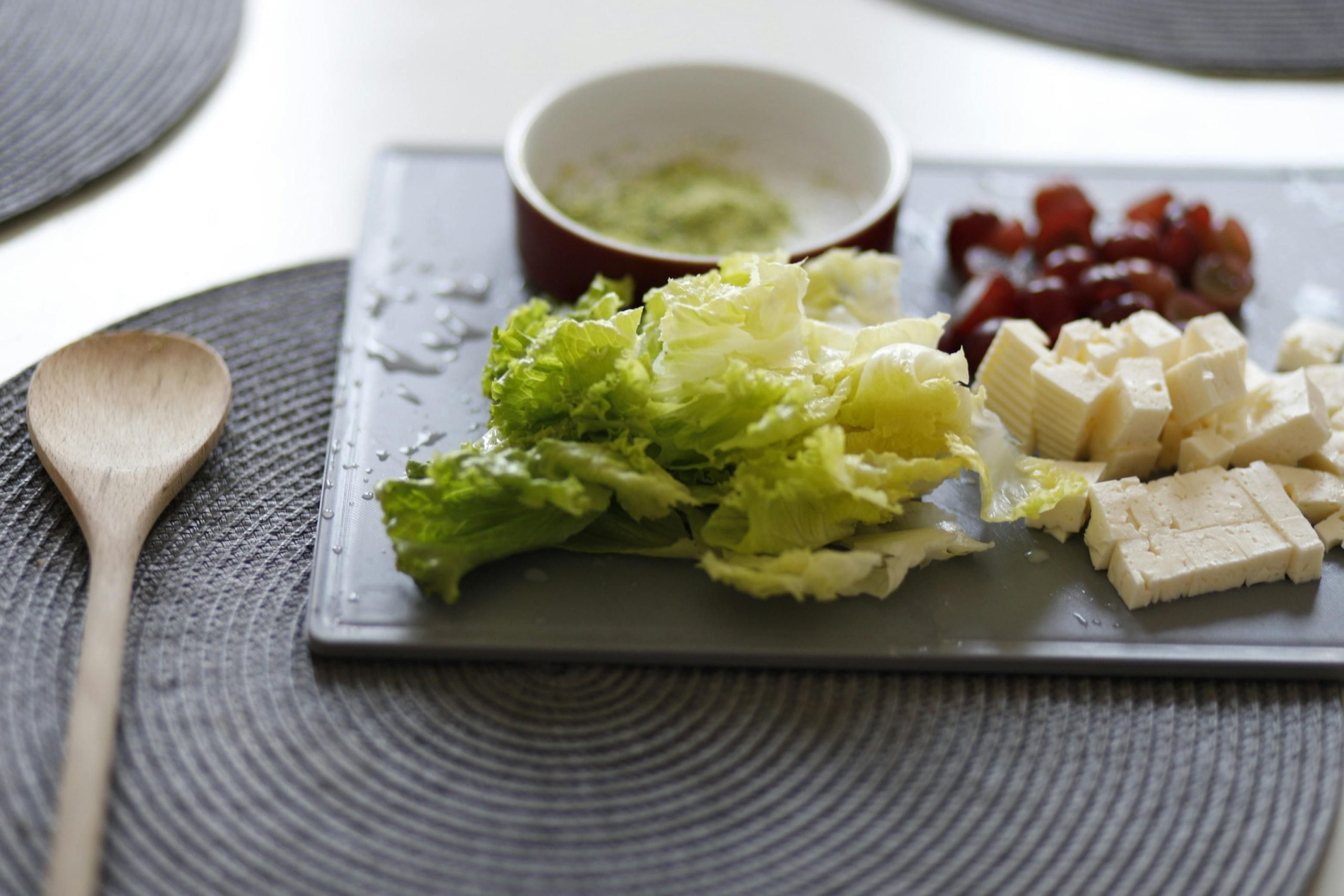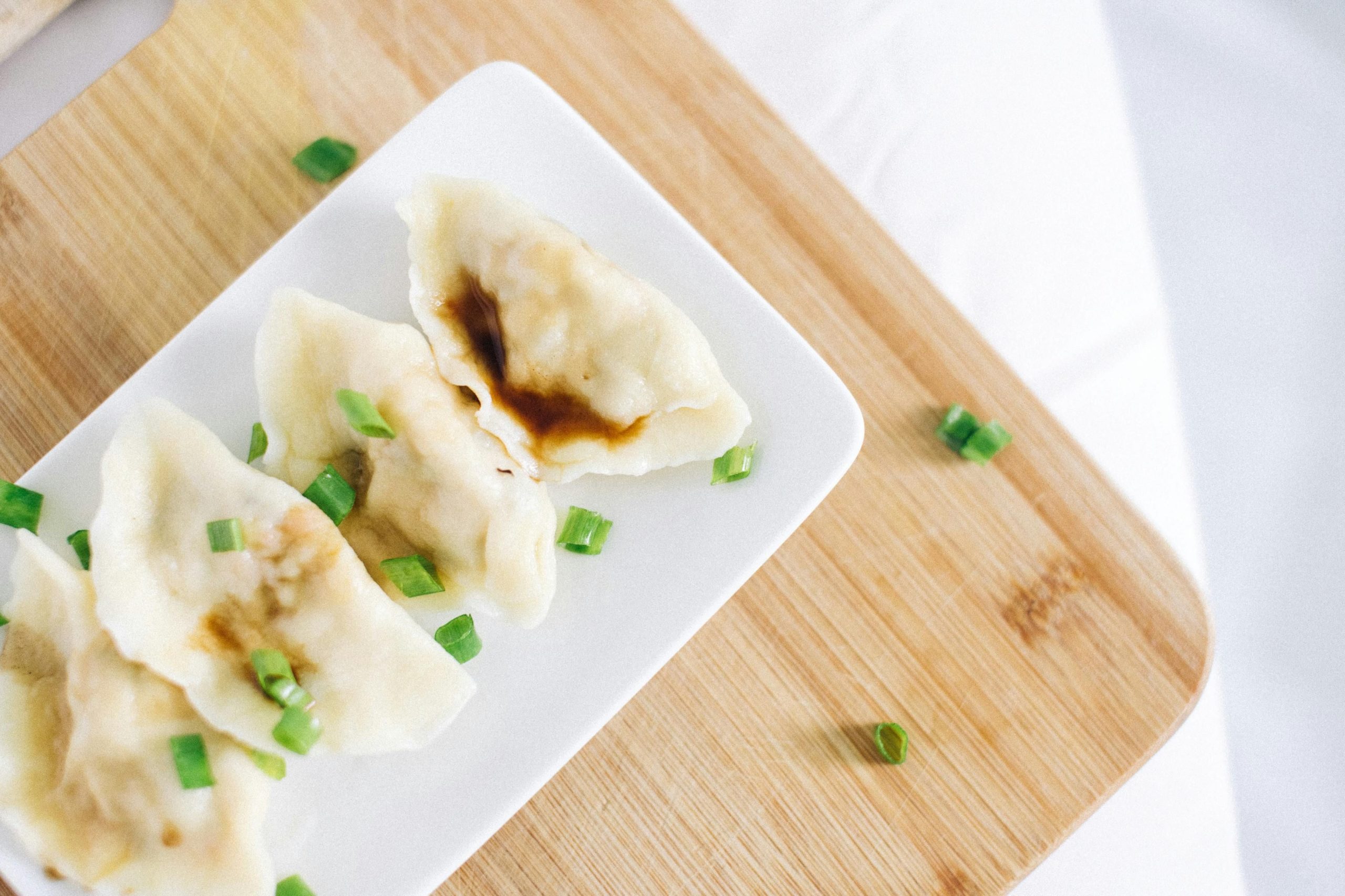Ever wondered about the true origins of sushi, that delightful dish enjoyed globally?
Often, there’s confusion whether sushi is traditionally Japanese or if it has its roots in Chinese cuisine.
Sushi, although popularly associated with Japan, actually originated from a Chinese dish known as Narezushi.
In this blog post, we will explore the debated origins, delve into its historical journey, and uncover how different cultures, especially American, have influenced this iconic dish.
The Great Debate: Is Sushi a Chinese Dish?

The debate over the origins of sushi often stirs up a mix of culinary curiosity and cultural pride. While sushi is widely recognized as a staple of Japanese cuisine, its roots can be traced back to ancient China. This early form of sushi, known as narezushi, involved fermenting fish with rice, primarily as a preservation method.
Over the centuries, this preservation technique traveled from China to Japan, where it underwent significant transformation. The Japanese refined the method, reducing the fermentation time, and began pairing the fish with vinegared rice. This adaptation marked the transition from a method of preservation to a culinary art, giving rise to the fresh and flavorful sushi we know today.
Today, sushi is celebrated globally, transcending its Asian origins to become a worldwide culinary phenomenon. Despite its historical Chinese roots, sushi has been so deeply integrated and innovated within Japanese culture that it is largely considered a Japanese creation. This integration highlights the dynamic nature of culinary traditions and their ability to evolve across borders.
The Historical Journey of Sushi: A Deep Dive
The historical journey of sushi is as rich and layered as the dish itself. Originating from the Chinese practice of fermenting fish with rice, sushi has evolved over millennia. By the 8th century, this culinary concept had made its way to Japan, where it continued to evolve into what we now recognize as sushi, marked by the introduction of vinegared rice.
By the Edo period in the 18th century, sushi began to resemble its modern form. Innovations such as nigiri sushi and various types of sushi rolls began to emerge, setting the stage for sushi to become a beloved national dish in Japan. This period also saw the opening of numerous sushi restaurants, which helped to popularize sushi among the masses, transforming it from an elite delicacy to a staple of Japanese cuisine.
Sushi Recipes for Beginners: A Culinary Guide

If you’re new to making sushi, starting with some simple recipes is a great way to dive in. Traditional sushi rolls, such as the California roll, are perfect for beginners. These rolls typically require a few basic ingredients like sushi rice, nori sheets, cucumber, and crab meat or imitation crabmeat. To make these rolls, you’ll first need to prepare sushi rice by mixing cooked rice with a blend of rice vinegar, sugar, and salt.
Once your sushi rice is ready, lay out a nori sheet on a bamboo mat, spread the rice evenly, and then add your fillings in a line across the center. Roll the nori tightly using the mat, then slice the roll into bite-sized pieces. Serve your homemade sushi with soy sauce, pickled ginger, and a dab of wasabi. Here are some other sushi types you might want to try:
- Shrimp tempura rolls which include crispy shrimp tempura
- Spicy tuna rolls, a mix of tuna with spicy mayo
These options provide a delicious introduction to the world of sushi making.
Mastery of Freshness in Sushi Preparation

Sushi chefs are known for their meticulous techniques to ensure the freshness of the fish, which is crucial for the quality of sushi. These techniques include selecting the highest quality of fresh fish from trusted sources and inspecting each fish for freshness indicators such as clear eyes, firm flesh, and a clean smell. This careful selection process ensures that the sushi maintains its reputation for freshness and flavor.
Once the fish is selected, sushi chefs use specialized methods to preserve its freshness until it’s served. These methods include:
- Immediate refrigeration to slow down bacterial growth
- Proper handling to prevent contamination
- Quick preparation to maintain optimal freshness
These steps are vital in delivering the delicious and safe sushi experience that enthusiasts expect.
American Influence on Sushi: A Cultural Examination
The American influence on sushi has been profound, reshaping this traditional Japanese dish to suit local tastes. In the United States, sushi underwent a transformation with the introduction of ingredients like avocado and crab meat, leading to the creation of the now-iconic California roll. This adaptation not only made sushi more palatable to American diners but also sparked a trend of innovation in sushi restaurants across the country.
As sushi restaurants became more commonplace in America, the culinary exchange continued to evolve, with Japanese sushi bars incorporating elements of American cuisine into their offerings. This cross-cultural fusion demonstrates how American influences have helped globalize sushi, making it a dynamic and evolving part of global cuisine. These adaptations include:
- Using cream cheese and deep-fried ingredients
- Creating rolls that cater to a preference for less raw fish
- Experimenting with bold, non-traditional sauces
Discover Sushi’s Richness with Indulge‘s Culinary Tours
For sushi lovers seeking a deeper appreciation of global culinary traditions, INDULGE offers curated food tours in Zurich that explore both local and international cuisines. These tours provide a unique opportunity to understand how different cultures, including Japanese, influence Zurich’s vibrant food scene.
By participating in INDULGE‘s culinary tours, you’ll not only taste exquisite dishes but also gain insights into the culinary techniques and historical contexts that shape global cuisines. This experience is perfect for anyone looking to expand their understanding of sushi’s rich heritage and its adaptation across the world.
Frequently Asked Questions
What is Chinese sushi called?
The early form of sushi that originated in China is called narezushi. It involved fermenting fish with rice primarily as a preservation method.
What is the Chinese equivalent of sushi?
The Chinese equivalent of sushi is known as narezushi, which involved the technique of fermenting fish with rice for preservation purposes.
Is sushi a traditional Chinese food?
Sushi, as we know it today, is not considered a traditional Chinese food. It originated from an ancient Chinese dish called narezushi but has been significantly transformed and integrated into Japanese cuisine over the centuries.
What Japanese food originated from China?
The Japanese food that originated from China is sushi, specifically from the ancient Chinese dish known as narezushi.








